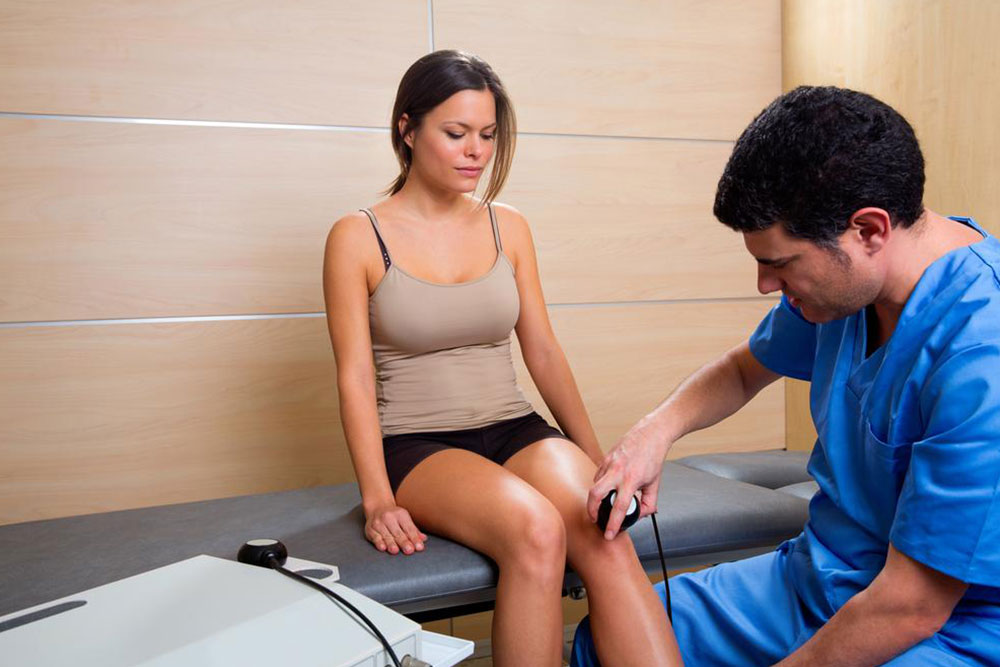Comprehensive Guide to Identifying the Symptoms of Deep Vein Thrombosis (DVT) and Its Impact on Health
This comprehensive article explores the symptoms, risk factors, diagnosis, and treatment options for deep vein thrombosis (DVT). Recognizing early signs such as leg swelling, redness, warmth, and tenderness can save lives by preventing complications like pulmonary embolism. The article emphasizes the importance of medical evaluation, lifestyle adjustments, and preventive measures, highlighting the need for awareness especially among high-risk groups. Proper management and timely intervention are key to reducing morbidity and mortality associated with DVT, ensuring better health outcomes for affected individuals.

In-Depth Overview of Recognizing Deep Vein Thrombosis Symptoms
Deep vein thrombosis (DVT) is a serious medical condition characterized by the formation of blood clots, known as thrombi, within the deep veins of the body. These veins are primarily located in the legs, thighs, pelvis, and occasionally in arms. When a thrombus develops, it can impede normal blood flow, leading to potential health hazards if not diagnosed and treated promptly. DVT poses significant risks, particularly because parts of the clot can dislodge and travel to the lungs, resulting in a potentially fatal complication known as pulmonary embolism.
Understanding the underlying causes of DVT is crucial for prevention and early intervention. Factors that increase the risk include advanced age—most commonly affecting individuals over 50—although it can occur at any age. Blood flow irregularities, like sluggish circulation, can predispose individuals to clot formation. Lifestyle factors such as prolonged immobility during long flights or bed rest after surgery significantly contribute to risk. Other considerations include obesity, a family history of clotting disorders, hormonal changes due to pregnancy or contraceptive use, smoking, and trauma or injury to veins.
People with a history of prior vein injuries or surgeries are also at higher risk. Medical conditions such as certain cancers, heart failure, and inherited clotting disorders increase susceptibility. Additionally, invasive procedures such as placement of central venous catheters or pacemakers can irritate veins and promote clot development. The combination of these risk factors underscores the importance of awareness and proactive health management to reduce the likelihood of DVT occurrence.
Early recognition of DVT symptoms is vital for effective treatment and preventing life-threatening complications. Common signs include swelling, redness, warmth, and tenderness in the affected limb. The swelling is often localized, typically in one leg, and can be accompanied by skin discoloration, turning reddish or bluish. Patients may experience a feeling of heaviness or tightness in the leg, along with distinct warmth over the affected area. These symptoms tend to worsen with movement or when bending the knee or ankle, indicating increased inflammation and swelling in the veins.
Interestingly, many individuals with DVT remain asymptomatic, especially in early stages. In some cases, there may be no noticeable symptoms until a dislodged clot causes a pulmonary embolism—a severe and potentially fatal complication. Pulmonary embolism symptoms include sudden shortness of breath, sharp chest pain often worsened by breathing or coughing, rapid heartbeat, dizziness, or fainting. These signs require immediate medical attention and can sometimes be mistaken for other cardiac or respiratory conditions.
Diagnosing DVT involves a combination of clinical evaluation, medical history review, and diagnostic imaging. Physical examinations focus on assessing limb swelling, warmth, and tenderness. Additional tests such as duplex ultrasonography—an ultrasound combined with Doppler flow studies—are the gold standard in detecting clots in veins. Blood tests like D-dimer levels can help rule out DVT in low-probability cases, although they are not definitive alone. Advanced imaging techniques, including venography, may be used when ultrasound results are inconclusive.
Timely diagnosis sets the stage for effective treatment. The primary goal is to prevent clot extension and dislodgement while minimizing the risk of recurrence. Therapeutic options typically include anticoagulant medications (blood thinners) such as heparin and warfarin, which help reduce clot growth and prevent new clot formation. In some cases, thrombolytic therapy—clot-dissolving drugs—may be employed, especially for large, life-threatening clots. Mechanical interventions, like the placement of filters in the inferior vena cava, can catch dislodged clots before they reach the lungs.
Beyond pharmacological treatment, lifestyle modifications are essential for preventing DVT. These include maintaining an active lifestyle, avoiding prolonged immobility, and managing risk factors such as obesity and smoking. Compression stockings can also alleviate symptoms and improve blood flow in affected limbs. Regular follow-up with healthcare providers ensures proper management, monitoring for potential complications, and adjustment of treatments as needed.
In conclusion, understanding the symptoms of deep vein thrombosis and recognizing early signs are crucial steps toward preventing serious health outcomes. Public awareness, timely diagnosis, and appropriate treatment can significantly reduce the risks associated with DVT, such as pulmonary embolism and post-thrombotic syndrome. For anyone at higher risk, proactive measures and vigilant observation of symptoms are vital for safeguarding health and quality of life.





